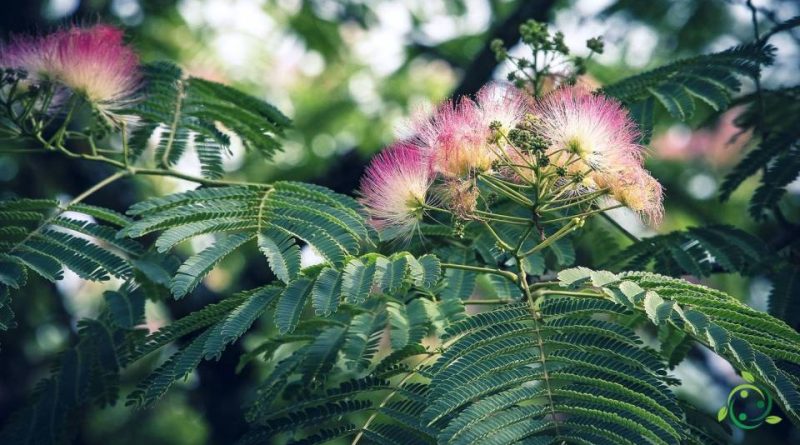Reproduction of the Persian silk tree
Reproduction of the Persian silk tree
The Persian silk tree (Albizia julibrissin Durazz., 1772) is a plant of the Fabaceae, native to the regions of eastern and south-western Asia.
Suitable breeding habitat –
Albizia julibrissin is a plant native to the warm-temperate and subtropical regions of eastern and south-western Asia, including eastern Iran, Azerbaijan, China and Korea.
It was first introduced in Europe in the mid-eighteenth century and is widely used in parks and road trees throughout Southern Europe.
The tree’s original habitats are those of sunny ravines, forests and rivers up to 2,100 meters in the Himalayas and is usually found in disturbed areas, such as roadsides, vacant lots, and along rivers, occasionally in lightly wooded areas.
Propagation –
The Persian silk tree is a drought, wind and salt resistant plant and can thrive in a wide range of soil types, such as clayey, clayey, sandy, slightly alkaline, acidic, well-drained and occasionally humid soils.
Its tolerance to salty soil and moderate saltiness allows it to grow well in oceanic or Mediterranean landscapes and along inlets.
It is a tree used as an ornamental species in parks and gardens, known for the silky appearance of its flowers and for the umbrella of horizontal leaves that it develops, as well as for the fast growth and low water demand that allows to place the it also plants in places with a climate characterized by hot summers.
In a dormant state it can bear minimum temperatures up to about -20 ° C in the continental regions, but in the more humid maritime areas it resists only up to about -10 ° C.
Propagation occurs by seed, after pre-soaking; the seed should be stored for 24 hours in hot water and sown in a seedbed.
As soon as the seedlings have reached the size that can be handled, they should be placed in individual pots with organic soil where they will be grown to the right size to be transplanted in the open field.
We recommend transplanting the following year in spring after the last frosts.
However, the germination of seeds is very easy, in fact these trees tend to self-sow.
It can also be propagated by root cuttings or by suckers planted at the end of winter.
Ecology –
Albizia julibrissin is a plant that adapts to all types of soil, that is, it does not have edaphic requirements, but it loves medium-textured soils.
In this sense, the albizia julibrissin can be planted in poor soils, but it would be appropriate to do it in a mixture with humus, sand and limestone, which are well drained.
Some gardeners prefer alkaline and not very humid soils, calcareous, poor in nutritional elements, although, as mentioned, it also tolerates environments close to the sea.
It is a species that tends to be invasive both for its ability to self-sow and for the predominance it manifests compared to native species.
This characteristic makes it particularly invasive in some areas of the world such as in the United States.

